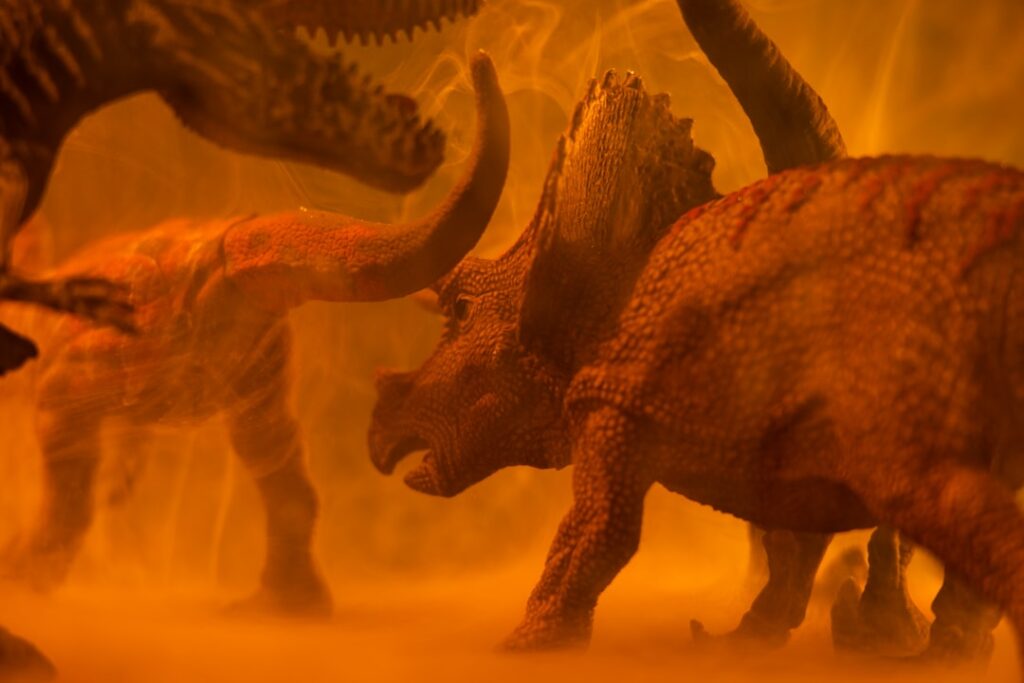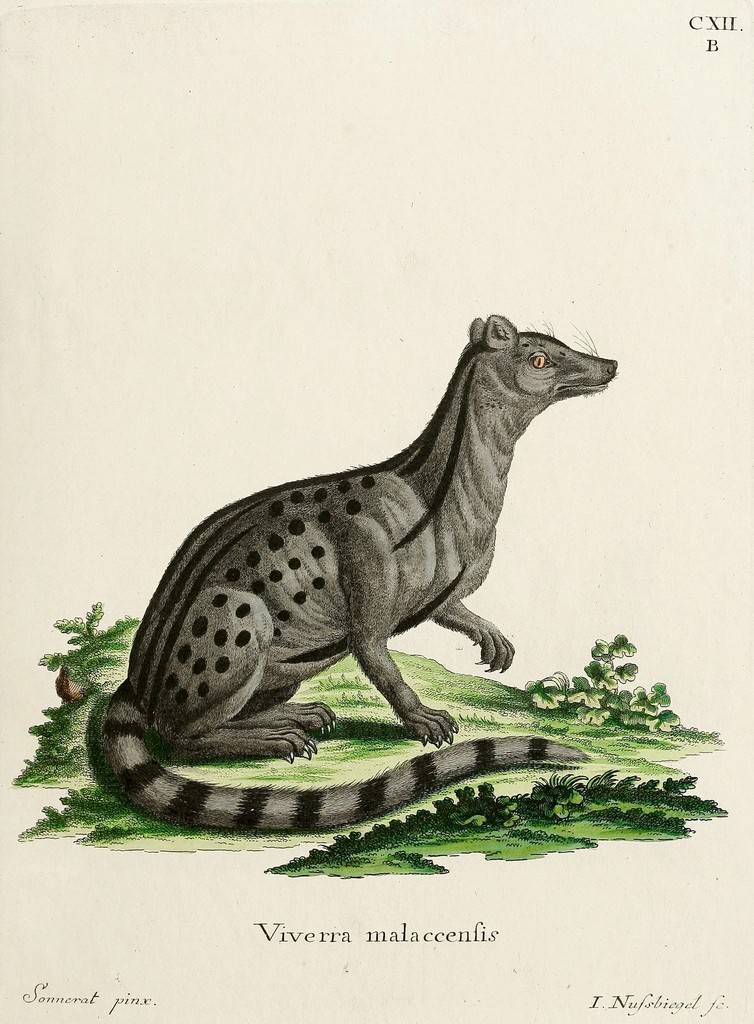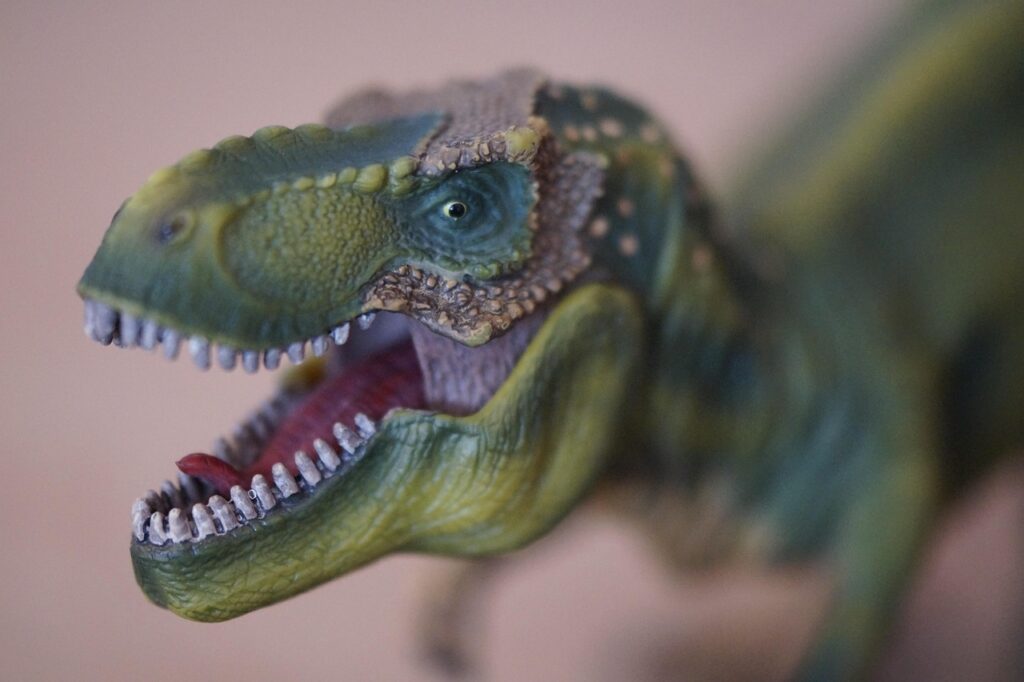Picture this: the mighty Tyrannosaurus rex, towering about twelve to thirteen feet tall, prowling through ancient forests with bone-crushing jaws capable of generating twelve thousand pounds per square inch of bite force. For decades, we’ve crowned this beast the undisputed king of the dinosaur world. Films have immortalized its terrifying roar, museums showcase its massive skull, and children worldwide learn its name before they can even spell “dinosaur.”
Yet the prehistoric world was far more complex and dangerous than Hollywood would have us believe. The age of dinosaurs spanned over one hundred sixty million years, creating ecosystems filled with creatures so formidable that even the legendary T. rex would have thought twice before picking a fight. From armored juggernauts that could shatter bones with their tails to aquatic monsters with bite forces that dwarfed the king of dinosaurs, the ancient world was packed with potential T. rex killers.
Spinosaurus: The Aquatic Giant
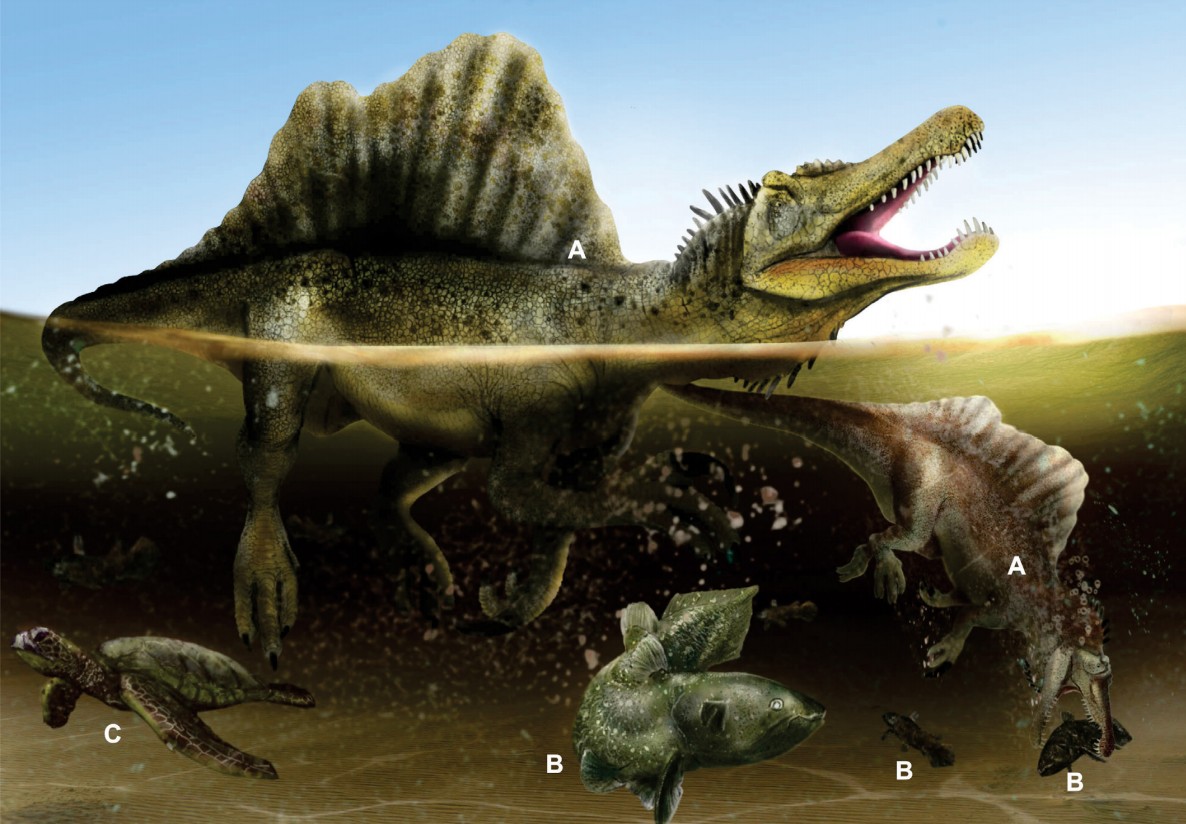
Spinosaurus could reach lengths of up to 46 feet and weigh over 7 tons, making it larger than T. rex in overall size. What truly set this predator apart wasn’t just its impressive dimensions, but its unique lifestyle and terrifying weaponry. With its long, crocodilian skull and conical teeth designed for gripping slippery prey, Spinosaurus was perfectly adapted for both aquatic and terrestrial hunting.
The massive sail on its back, powerful hook-clawed arms, and specialized hunting adaptations made Spinosaurus the largest terrestrial predator of all time. Historical evidence suggests these two apex predators actually fought, with fossil records showing confrontations between Spinosaurus and Carcharodontosaurus that resulted in broken sails and infected wounds. In a watery environment where T. rex would struggle, Spinosaurus held every advantage.
Giganotosaurus: The South American Terror
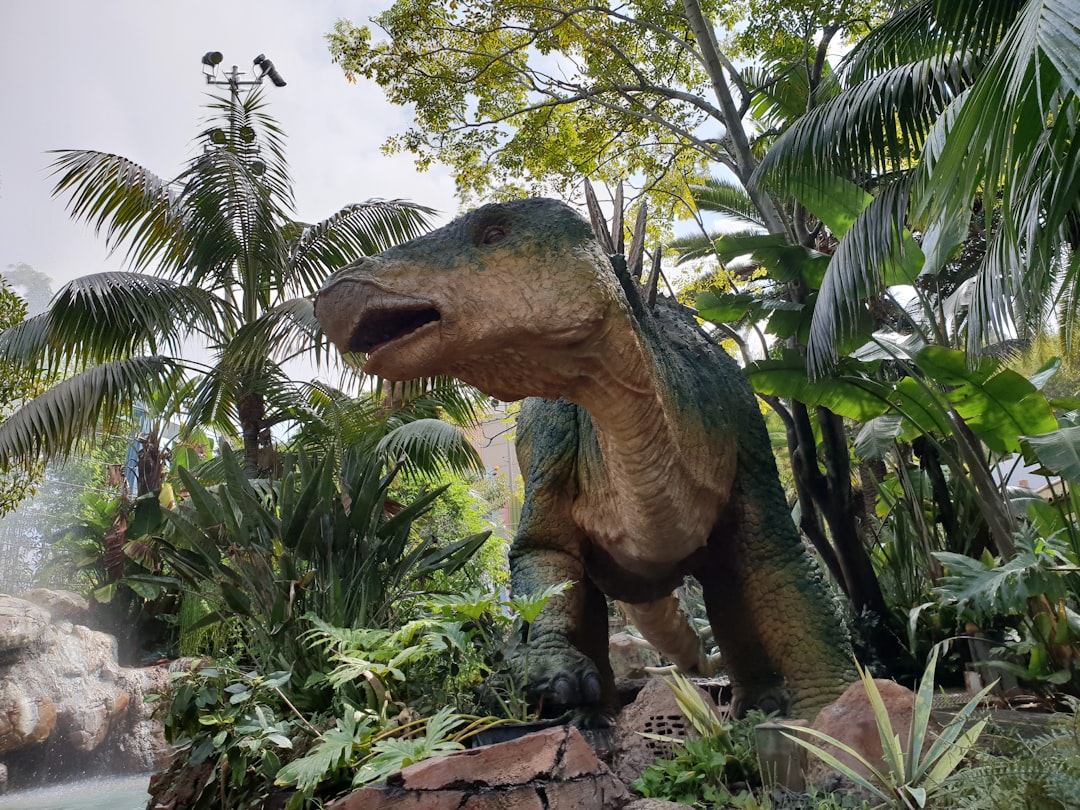
Giganotosaurus was among the largest carnivores to ever walk the land, with some scientists believing it was even larger than T-Rex. This massive predator roamed South America during the middle Cretaceous period, hunting prey that would make a T. rex look like a lightweight contender. Measuring up to 43 feet long and weighing over 8 tons, its longer skull housed blade-like teeth perfect for slicing flesh, and scientists believe it hunted Argentinosaurus, one of the largest dinosaurs ever.
In a battle between these two titans, the combatants were evenly matched, but on a good day, the giant and powerful Giganotosaurus could definitely kill a T-rex. The key difference lay in their hunting strategies and physical capabilities. Where T. rex relied on bone-crushing power, Giganotosaurus used speed and slashing attacks to bring down even the most massive prey.
Carcharodontosaurus: The Shark-Toothed Killer
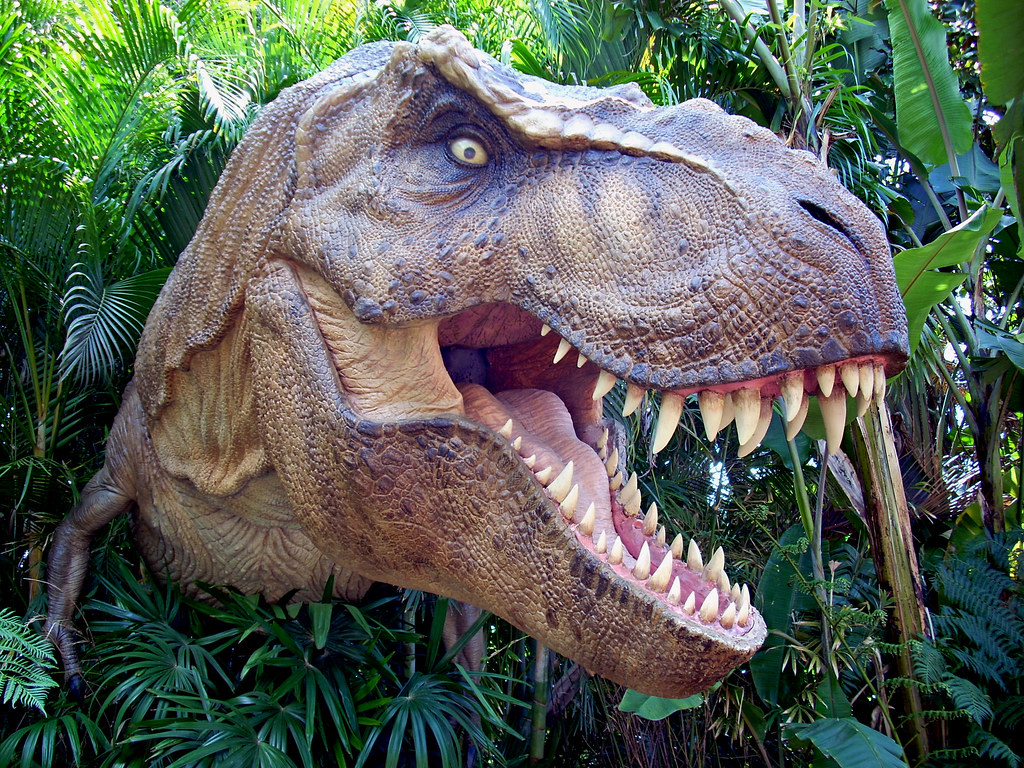
Carcharodontosaurus may have been the largest and most formidable theropod to walk the Cretaceous world, dominating northern Africa between 93-100 million years ago as one of the largest known predatory dinosaurs. What really set this predator apart were its humongous, flat, serrated teeth growing up to eight inches long, earning it the name “shark-tooth lizard” in reference to Great White shark teeth.
Its knife-like teeth with serrated edges could slice through the tough hide of very large dinosaurs, and a bite would cause extensive bleeding while leaving toxic bacteria in the wound. Some paleontologists speculate that Carcharodontosaurus may have preyed upon juvenile and elderly Spinosaurus. Though its bite force was weaker than T. rex’s, its slashing combat style and pack hunting potential made it a formidable opponent.
Triceratops: The Three-Horned Fortress
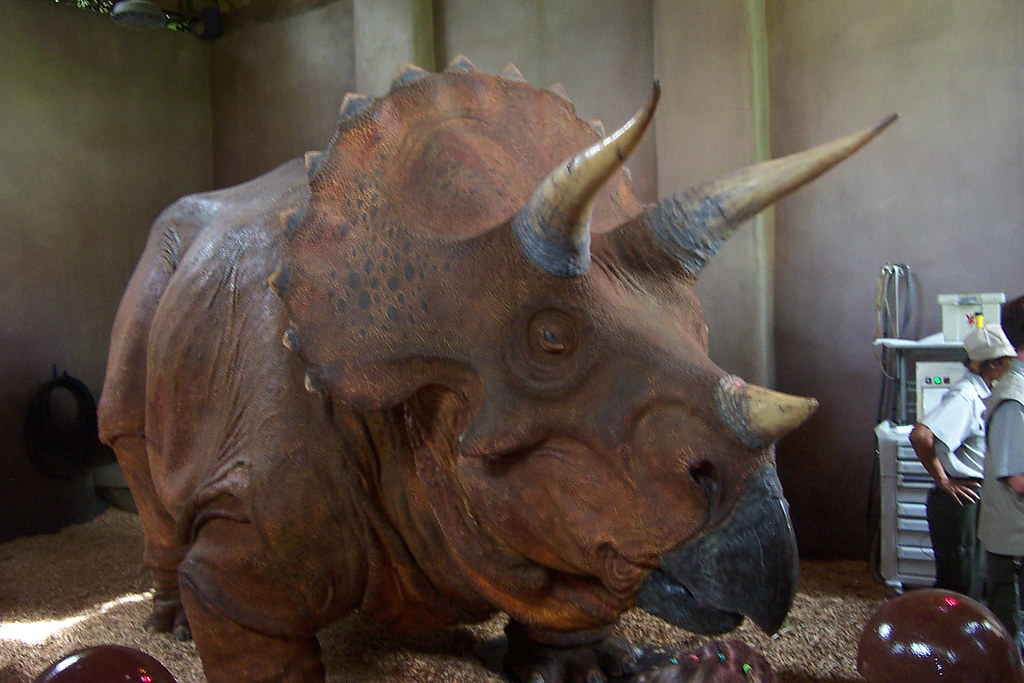
Triceratops weighed between 12,000 and 20,000 pounds and had two very long horns protruding from its head plus a shorter one on its snout, along with a bony frill to protect it from attacks. This wasn’t just any herbivore grazing peacefully in Cretaceous meadows. This enormous dinosaur could weigh more than two elephants, and its imposing horns would have filled nightmares, being a foot wide at their base and tapering to mean points that could skewer a T-Rex.
The colossal skull could reach ten feet long and weigh a ton, attached to the body via a ball joint that allowed remarkable speed in swiveling the head to bring horns to bear on enemies. A charging Triceratops could bury its horns in a Tyrannosaurus rex, puncturing vital organs and killing it, making this a battle that could go either way.
Ankylosaurus: The Living Tank
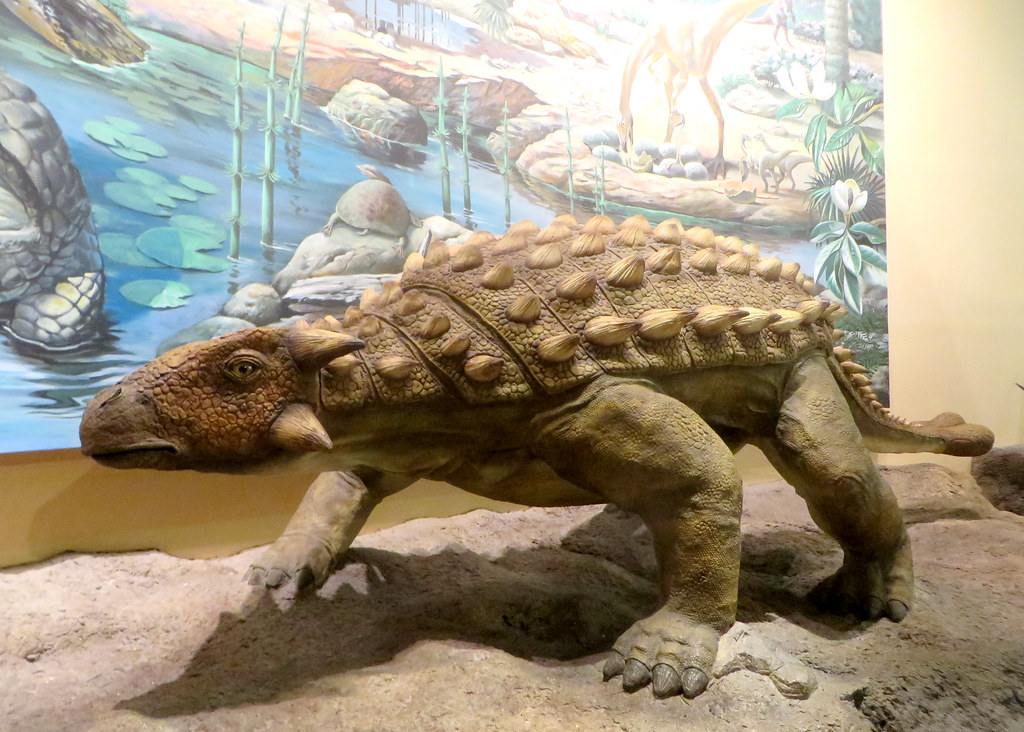
Ankylosaurus was essentially a living tank covered with armored plates from head to tail, including its eyelids, weighing over three tons and being big, powerful, and deadly. This herbivore took defensive warfare to unprecedented levels in the dinosaur kingdom. Its most terrifying weapon was a bony club sprouting from its tail, which the dinosaur could swing like a wrecking ball, pulverizing any predator foolhardy enough to attack.
T. rex would have serious trouble biting through that armor, and Ankylosaurus wouldn’t just sit there passively, as a quick whack of its clubbed tail could likely shatter a T-Rex’s bones, perhaps even killing the fearsome carnivore. Ankylosaurus was definitely a dinosaur that could kill a T-Rex. Its combination of impenetrable defense and devastating offensive capability made it a nightmare opponent.
Deinosuchus: The Terrible Crocodile
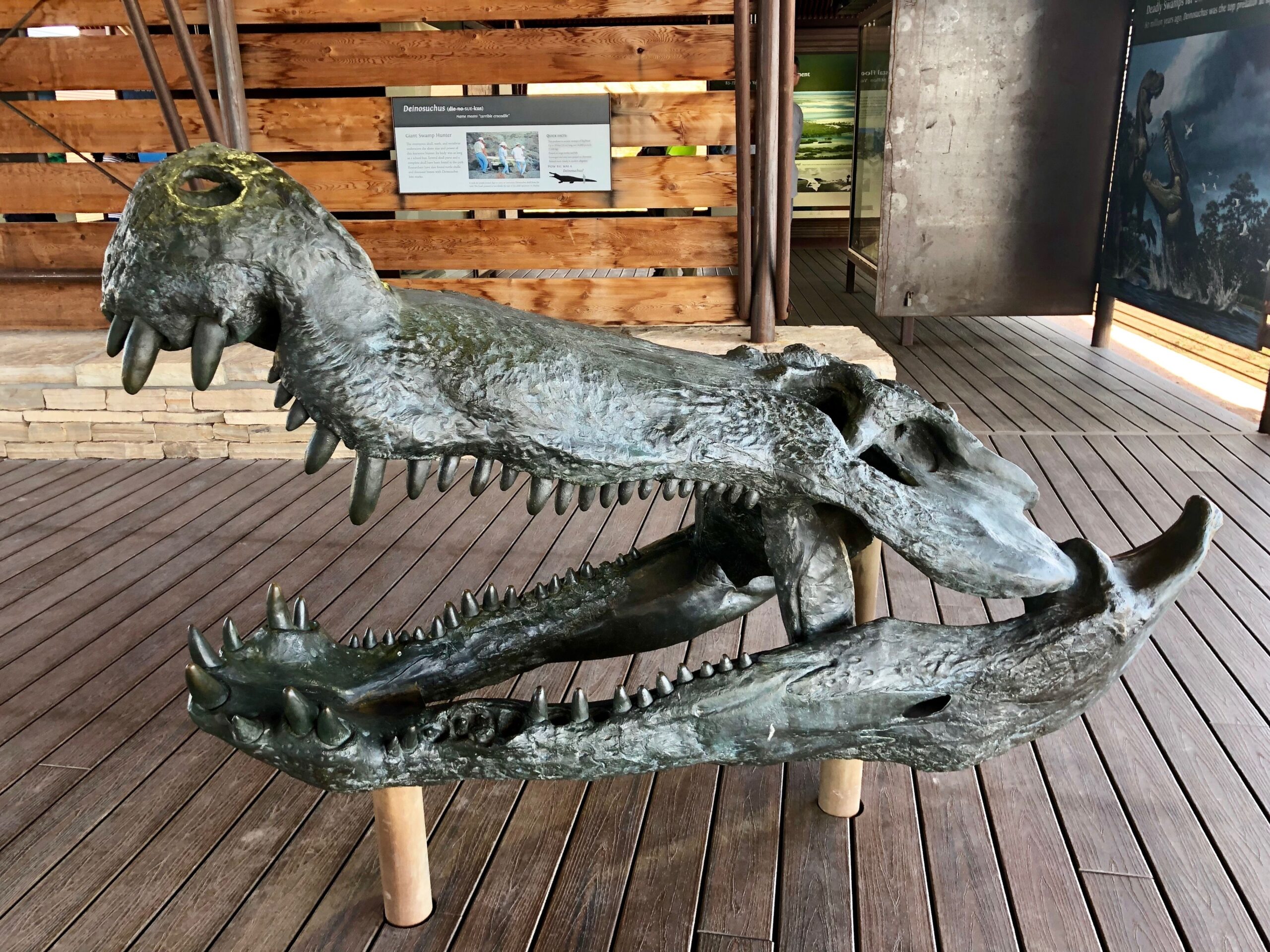
Though not technically a dinosaur, the prehistoric crocodile-like reptile Deinosuchus could have easily taken down a T. rex, living in the same time period and reaching up to 30 feet long, making it an apex predator in its own right. Deinosuchus could reach up to 35 feet in length, dwarfing modern crocodiles and alligators, with paleontologists theorizing it could prey on large dinosaurs.
Deinosuchus was about twice the length of today’s largest crocodiles and significantly heavier, possibly up to 10 times the weight, with a powerful jaw capable of delivering one of the strongest bite forces among prehistoric animals, reaching 8-10 meters in length and weighing between 5-8.5 tons, likely capable of overpowering most carnivorous dinosaurs. In an aquatic ambush scenario, this monster would have been virtually unstoppable.
Kronosaurus: The Ocean Tyrant
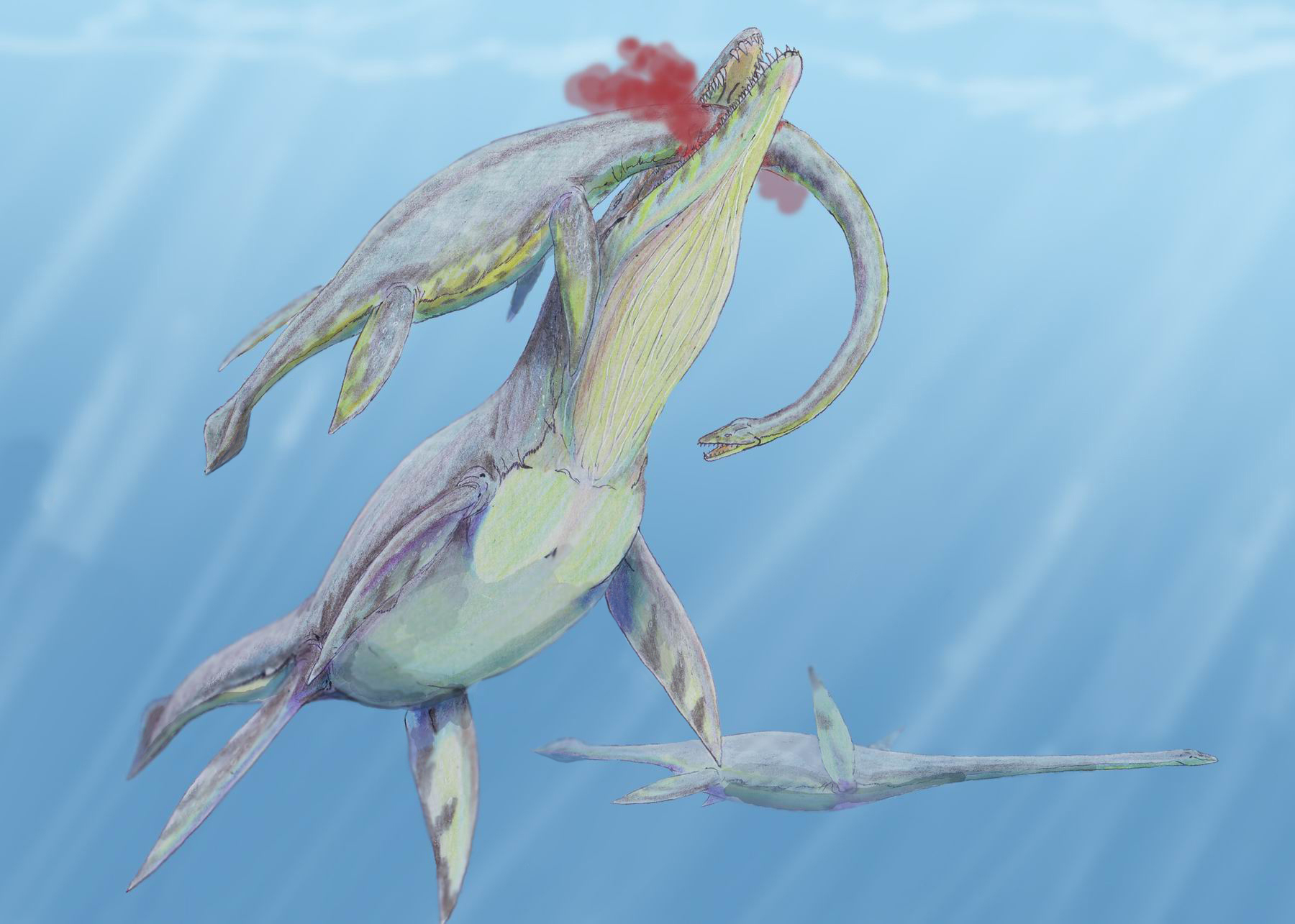
Kronosaurus was an extinct genus of large short-necked pliosaur that lived during the Early Cretaceous in what is now Australia. Using biomechanical analyses, researchers discovered that Kronosaurus exceeded the bite force of any living animal, being only slightly surpassed by Tyrannosaurus, with bite force estimated between 16,000 to 23,000 newtons.
These marine predators reached lengths of more than 11 meters and were the largest marine reptiles for the majority of their existence, ruling the world’s oceans as apex predators for more than 80 million years. While Kronosaurus was a formidable marine predator, T. rex actually had a stronger bite force at around 12,800 psi compared to Kronosaurus’s estimated 2,500-3,600 pounds of bite force. In any aquatic encounter, T. rex wouldn’t stand a chance.
Mosasaurus: The Marine Lizard King
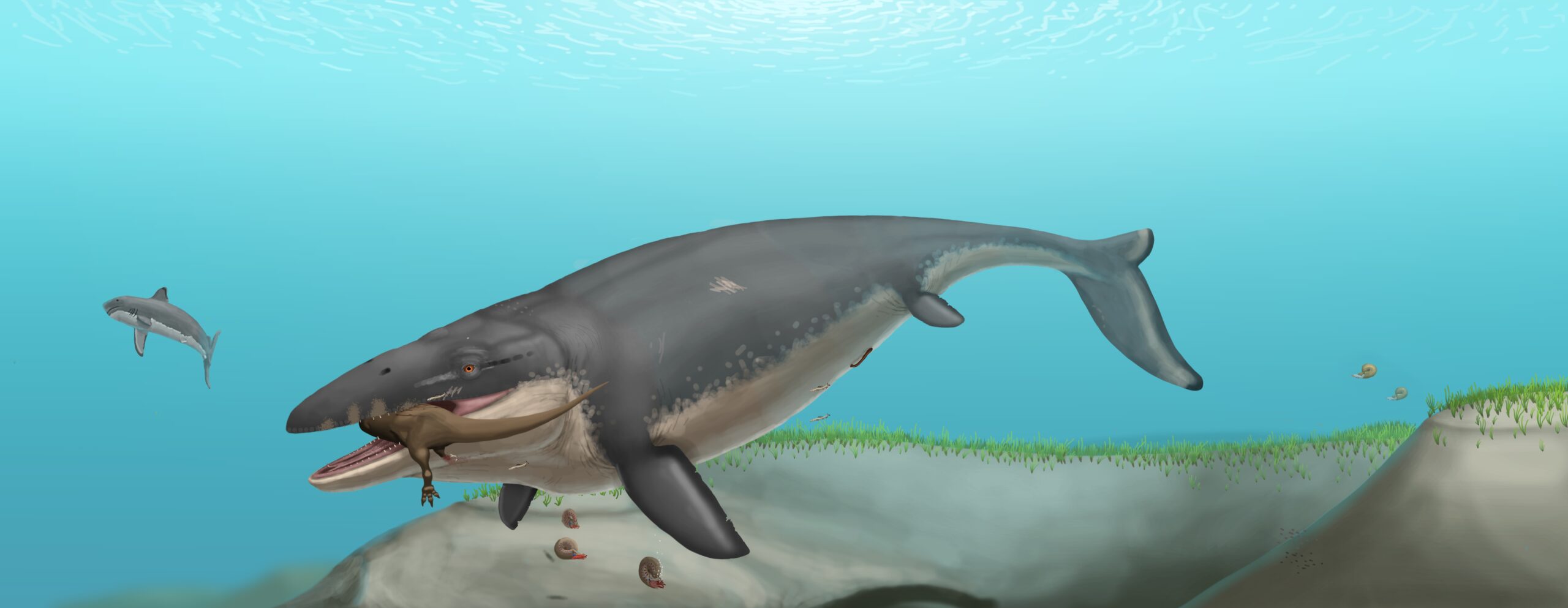
Mosasaurus lived from about 82 to 66 million years ago during the Late Cretaceous, with the type species being one of the largest marine reptiles known. This marine reptile was one of the largest predators during the late Cretaceous period, swimming through oceans worldwide and growing up to 60 feet long while weighing more than 2,200 pounds.
Mosasaurus was a common large predator positioned at the top of the food chain, with paleontologists believing its diet included virtually any animal, likely preying on bony fish, sharks, cephalopods, birds, and other marine reptiles. Mosasaurs were the dominant predators in the oceans of the late Cretaceous and were certainly the marine equivalent of Tyrannosaurus rex. Its streamlined body and powerful swimming ability made it untouchable in aquatic environments.
Argentinosaurus: The Colossal Giant
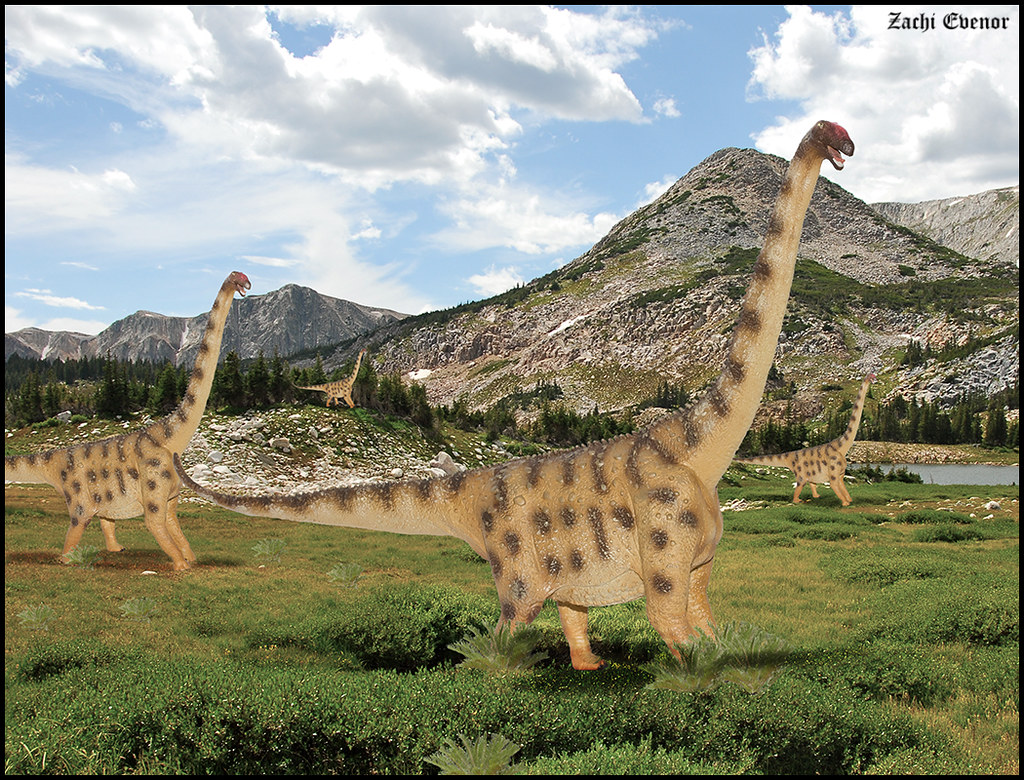
Argentinosaurus was a behemoth of the Cretaceous world, one of the largest sauropods ever known, measuring over 100 feet in length and weighing more than 70 tons, easily dwarfing a T-Rex. While this massive creature was herbivorous, its sheer size transformed it into a walking fortress that even the most ambitious predator would think twice about attacking.
A swift kick or tail swipe from this massive creature could have easily incapacitated the T-Rex, and its height and ability to maneuver its massive body would make it difficult for the T-Rex to land a fatal blow. A creature that weighed over 100,000 pounds and stood 20 feet tall was more than capable of putting down the T-rex. Sometimes in nature, size alone determines the victor, and Argentinosaurus had size in overwhelming abundance.
Liopleurodon: The Jurassic Sea Monster
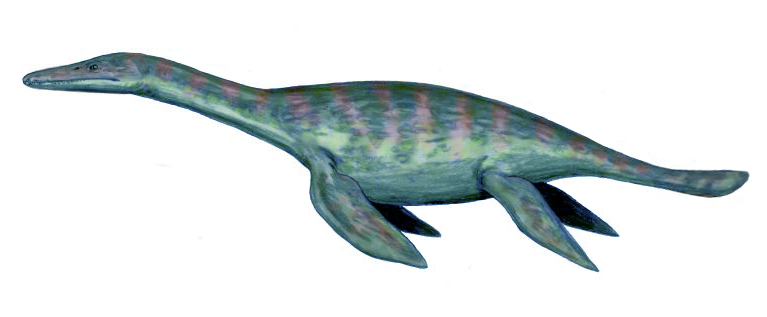
During the Jurassic period, a gigantic sea monster called Liopleurodon ruled the oceans, living around 166 to 155 million years ago. Scientists believe Liopleurodon could have been anywhere between 20 to 40 feet long, weighing between 2,000 to 3,700 pounds, and was a strong, propulsive swimmer that likely pounced upon prey with an ambush approach, with one species measuring over twenty feet.
Its enormous jaws contained 40 to 50 large teeth, and for millions of years, Liopleurodon was the apex predator in its environment, hunting large fish, squid, and other marine reptiles. In a scenario where T-rex ventured near water, Liopleurodon could have easily attacked, using its strength and speed to overpower the dinosaur in its own territory, with its agility in water allowing it to catch T-rex off guard.
Conclusion
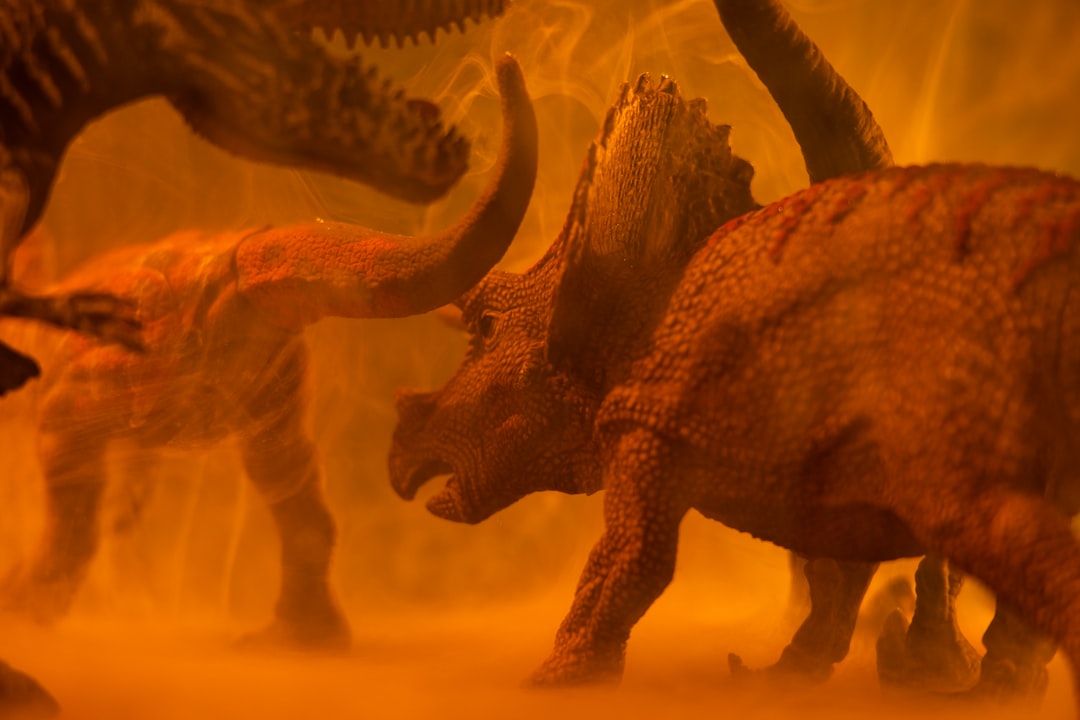
The prehistoric world was a far more dangerous and competitive place than popular culture suggests. While Tyrannosaurus rex rightfully earned its reputation as a fearsome predator, it shared its world with creatures equally capable of dealing death. From the aquatic domains where Spinosaurus and Mosasaurus reigned supreme to the terrestrial battlegrounds where armored Ankylosaurus could shatter bones with a single tail strike, the Cretaceous period was an arms race of evolutionary extremes.
These ten prehistoric monsters remind us that survival in the ancient world required more than just size and sharp teeth. It demanded specialization, adaptation, and sometimes the simple advantage of fighting on home turf. The ocean belonged to marine reptiles with crushing bite forces, the rivers to semi-aquatic giants, and even the land held surprises in the form of living tanks and charging fortresses with deadly horns.
What fascinates you more: the thought that these battles actually occurred millions of years ago, or imagining what other prehistoric monsters might still be waiting to be discovered? Tell us in the comments.

